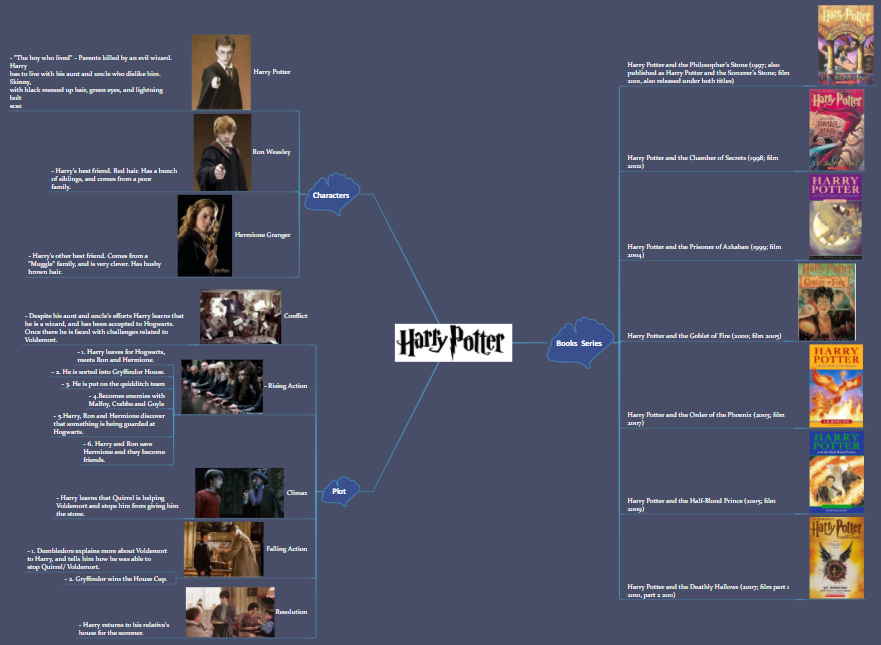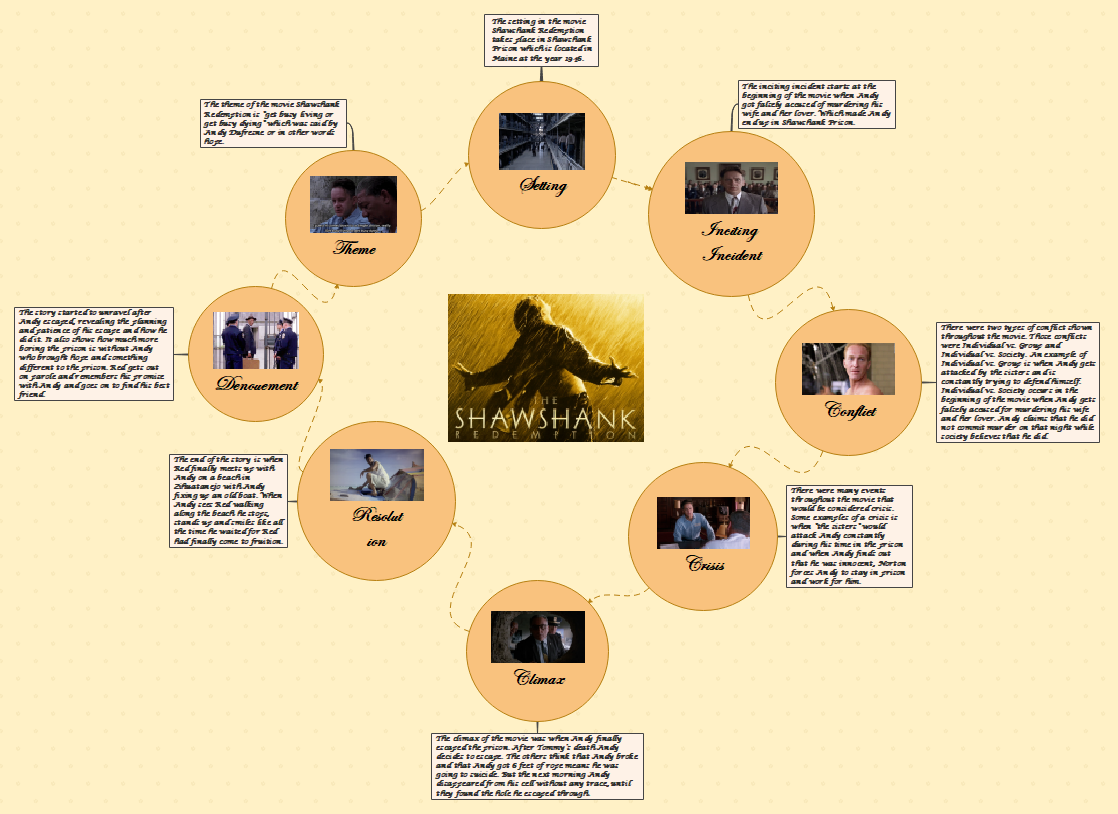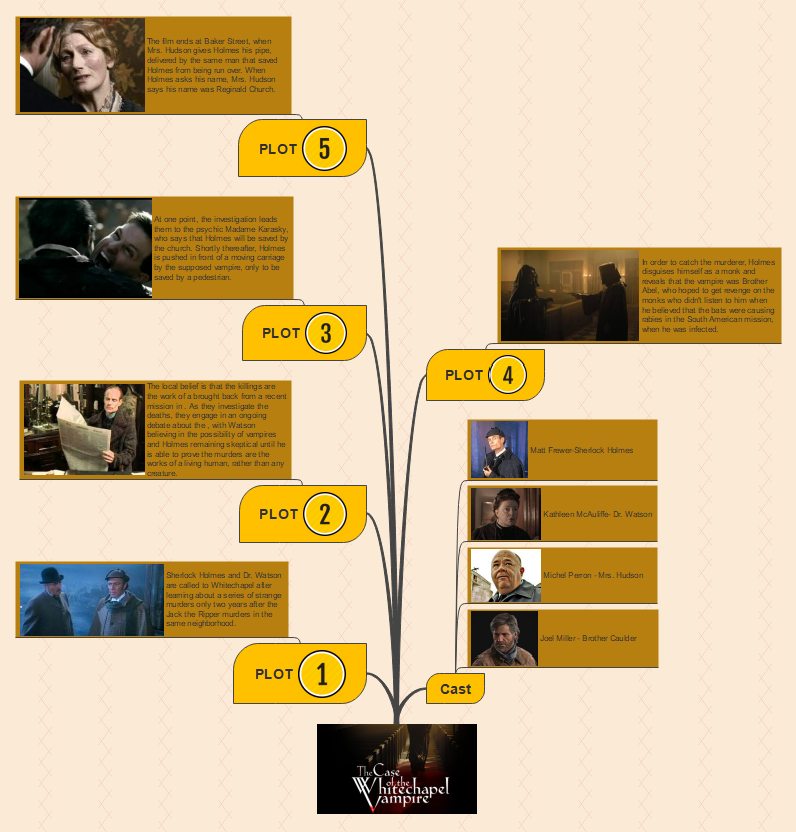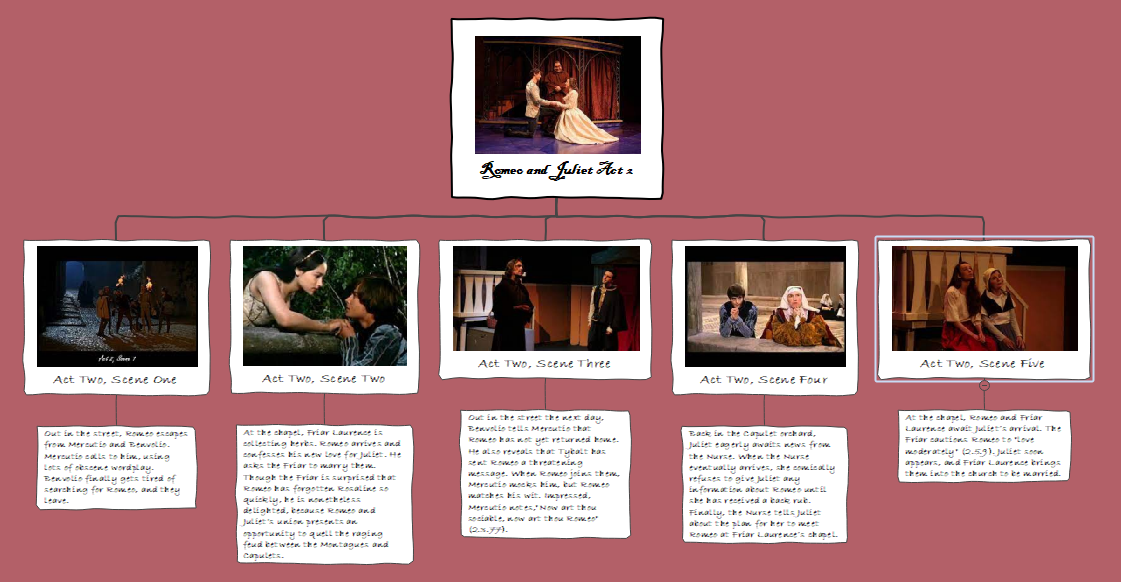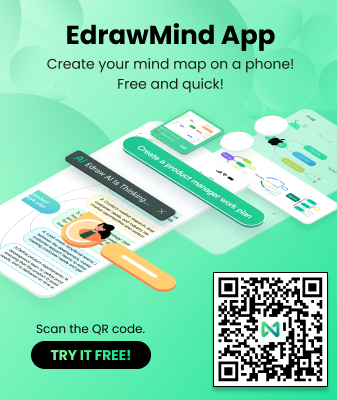Story Outline Examples
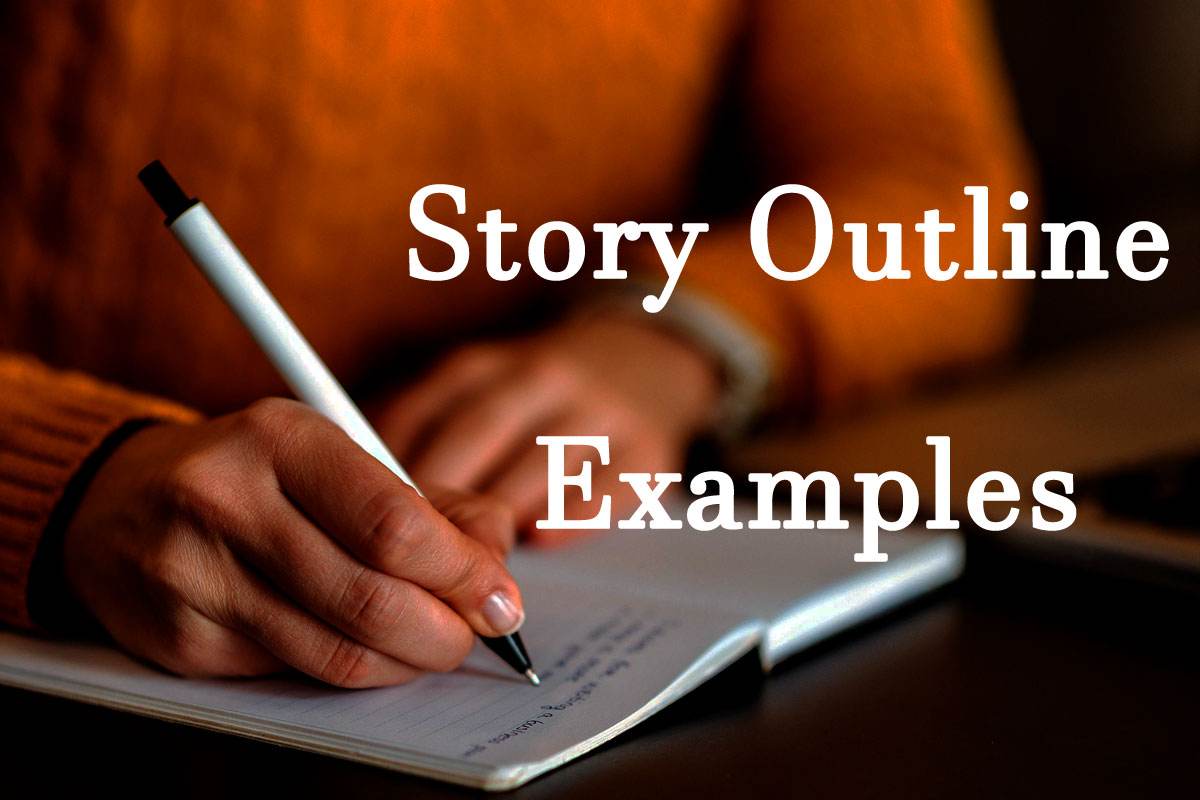
It might be difficult to plot out your entire story. You've had some time to start establishing your universe, plot, and characters, as well as your moral grey area and primary issues, and now you're faced with the difficult challenge of piecing it all together into a cohesive story—and keeping a reader's attention. And this is where the story outline examples will help you by giving you an idea on how to properly concise your information into a cohesive story.
Time spent on a story outline gives you foresight into your book. Consider yourself a boulder, peering up at a high cliff. Simply leap onto the ledge and watch what happens. You could get to the top this way by planning it properly.
What is a story outline?
A story outline is a file that includes crucial planning information on the structure, storyline, characters, events, situations, and other aspects of your novel. It's the framework of your story.
An outline can range from a one-page formal document to a multi-page visual mind map that employs diagrams to depict the relationship between data and concepts. If you have enough room, put your phrases on index cards and tape them to the wall to make it simpler to see and manage the components. Each incident should be described in a simple, concise sentence.
How to write a good story outline?
Although no two outlines are the same, there are a variety of ways to get the book outline process started. From a summary to a detailed outline, or using Randy Ingermanson's snowflake method or the bookend method to approach the craft, there's something for everyone.
Aside from detailing characters and plot elements for tale structure, your outline should provide you with a basic feel of your novel's direction, as well as the main conflicts and tensions that will keep readers interested. While drafting your outline, keep the following questions in mind:
- What is the story's major contract? By the end of the story, you must have fulfilled the commitments you have made to your audience.
- What kind of time constraints are you putting on your protagonists?
- What is at risk for the novel's main character? Is the primary protagonist's stress level increasing as the story progresses?
Story Outline Examples
Example 1: Harry Potter
It is an adaptation of the book written by J.K. Rowling's blockbuster children's novels about Harry Potter, a young boy who discovers on his 11th birthday that he is the orphaned son of two great wizards and has his magical abilities. As an unwanted child, he is taken from his household to study at Hogwarts, an English wizarding boarding school. There, he meets a group of students who become his closest friends and help him figure out what happened to his parents.
Example 2: Shawshank Redemption
- The entrance of a convict called Andy Dufresne, whose stint at Shawshank had an impact on everyone's life, is recounted by Red, the narrator. In 1947, Andy was sentenced to life in prison for the murders of his wife, Linda, and her boyfriend. Despite all the evidence pointing to his being at the crime site on the night of the killings, Andy has only ever defended his actions, which Red finally accepts.
- Andy has considerable problems adapting to prison life at first, especially because many of the other inmates regard him as snobbish. Despite the difficulties he experienced in prison, Andy never complained or lost faith in himself, and he continued to plot his escape.
Example 3: White Chapel Vampire
- Dr. Watson and Sherlock Holmes investigate rumors that a vampire is on the loose in London. The killings are thought to be the act of a vampire who has recently returned from a job in Guyana. They have a continuing dispute over the supernatural while they examine the deaths, with Watson having faith in vampires and Holmes staying suspicious until he can establish the killings were committed by a real person rather than an undead entity.
- To truly understand the killer, Holmes disguises himself as a monk and explains that the vampire was Brother Abel, who was seeking vengeance on the monks. Mrs. Hudson offers Holmes his pipe on Baker Street that was brought up by the guy who saved Holmes from an accident, and the movie concludes at that scene. When Holmes asked Mrs. Hudson claimed that his name was Reginald Church.
Example 4: Romeo & Juliet Act 2
Act 2 is primarily on the main character's emotional roller coaster. Because conflict is so important in this act, give your protagonists a variety of hurdles to conquer. Struggle does not always imply a physical conflict; it may also refer to a variety of hurdles that prevent the protagonist from accomplishing his or her objective or ambition.
In exchange for her love, Romeo admits himself and promises to give up his identity. Romeo seems nonchalant when Juliet warns him that if he is seen with her as a Montague, he will be slain. The two proclaim their love for one another and agree to marry after much contemplation. Romeo promises to send a messenger the next day to notify Juliet of his wedding arrangements. As the morning rises, the drama comes to a close, and Romeo exits to seek help from Friar Laurence.
Juliet makes a marriage proposal to Romeo. That afternoon, Friar Lawrence agrees to marry Romeo and Juliet. Tybalt writes Romeo a letter in which he expresses his desire for vengeance for the Montagues' collapse of the feast. Friar Lawrence wedded Romeo and Juliet in secrecy.


